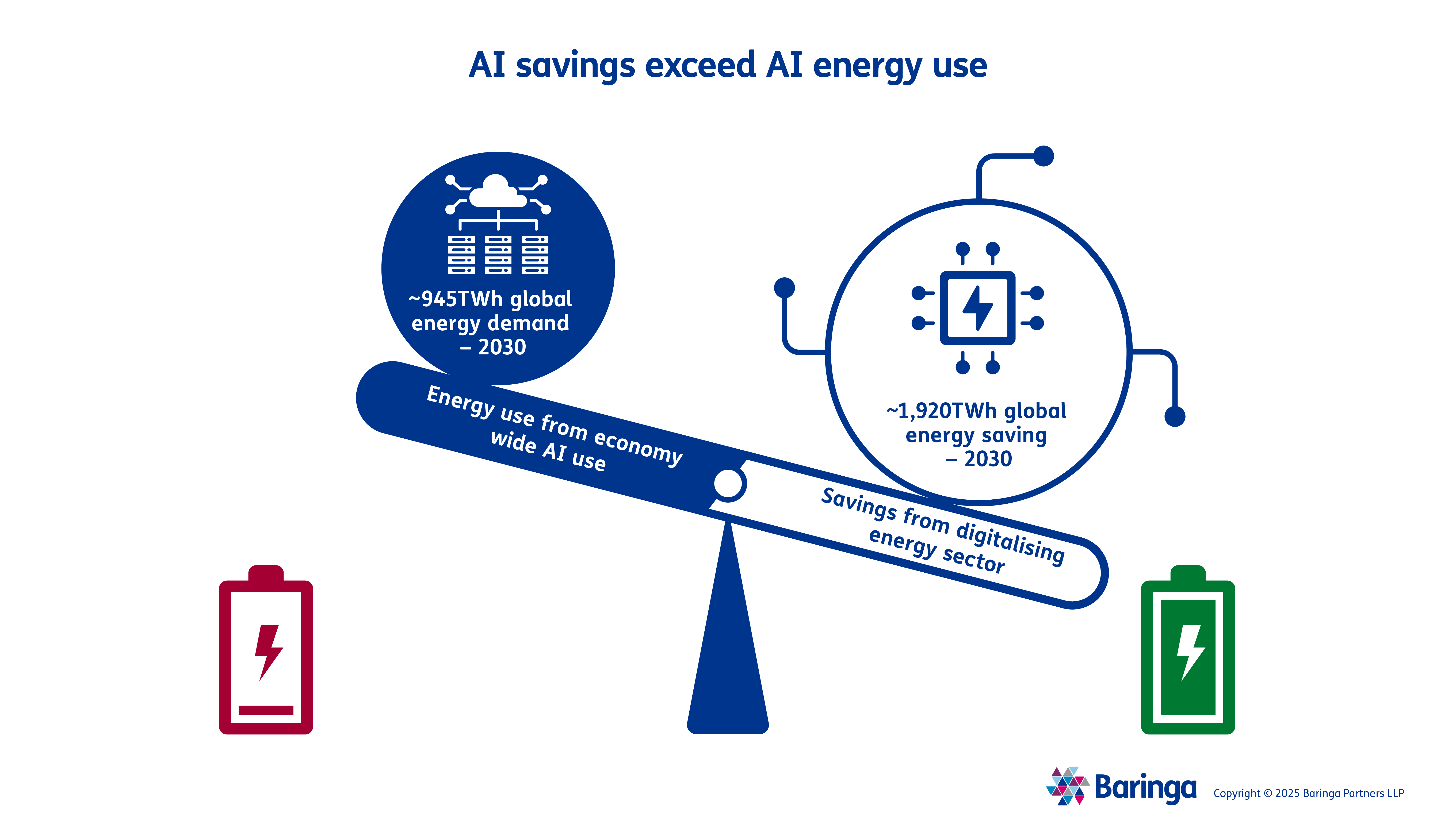
Speeding the shift while saving millions: digital tech’s economic impact on the energy transition
8 min read 5 June 2025
Tomorrow’s energy system will be vastly different to the one that exists today. It will be made up of millions of distributed assets, powered by renewables and electrification, and managed more dynamically than ever.
The transition to this new energy system is already underway. But progress must accelerate if we are to meet net-zero targets on time. Now, new research from Baringa reveals how digital technologies will be central to speeding the shift.
By embracing digitalisation, companies will make renewable energy solutions more effective, efficient, and economically viable. Crucially, these improvements could generate cost reductions of up to 20% across the renewable energy lifecycle.
In this article, we explore the most promising use cases for digital technologies and how they could unlock millions in value while accelerating progress to a more sustainable and resilient energy system.
Digitalisation is poised to drive big savings
Technological advances, declining costs, and unprecedented data availability have brought energy to a digitalisation tipping point. Digital is no longer an optional extra. It’s an essential element for enabling energy’s journey to net zero, with the potential to deliver incredible savings in the process.
To quantify the value of digitalisation to the energy transition, Baringa worked to model the economic impact of all potential digital technologies over the next decade. Our work reveals that UK companies could realise cumulative savings of 10-20% in both the CAPEX and OPEX phases of the renewable energy lifecycle between 2025 and 2035. In addition, we calculated that this cost saving range is equivalent to one to two years of spending on renewable energy sources (RES), further evidence of digital’s value in accelerating progress to net zero.
The UK is not an outlier here. In other European markets, we model similar savings from digital implementation over the next 10 years.
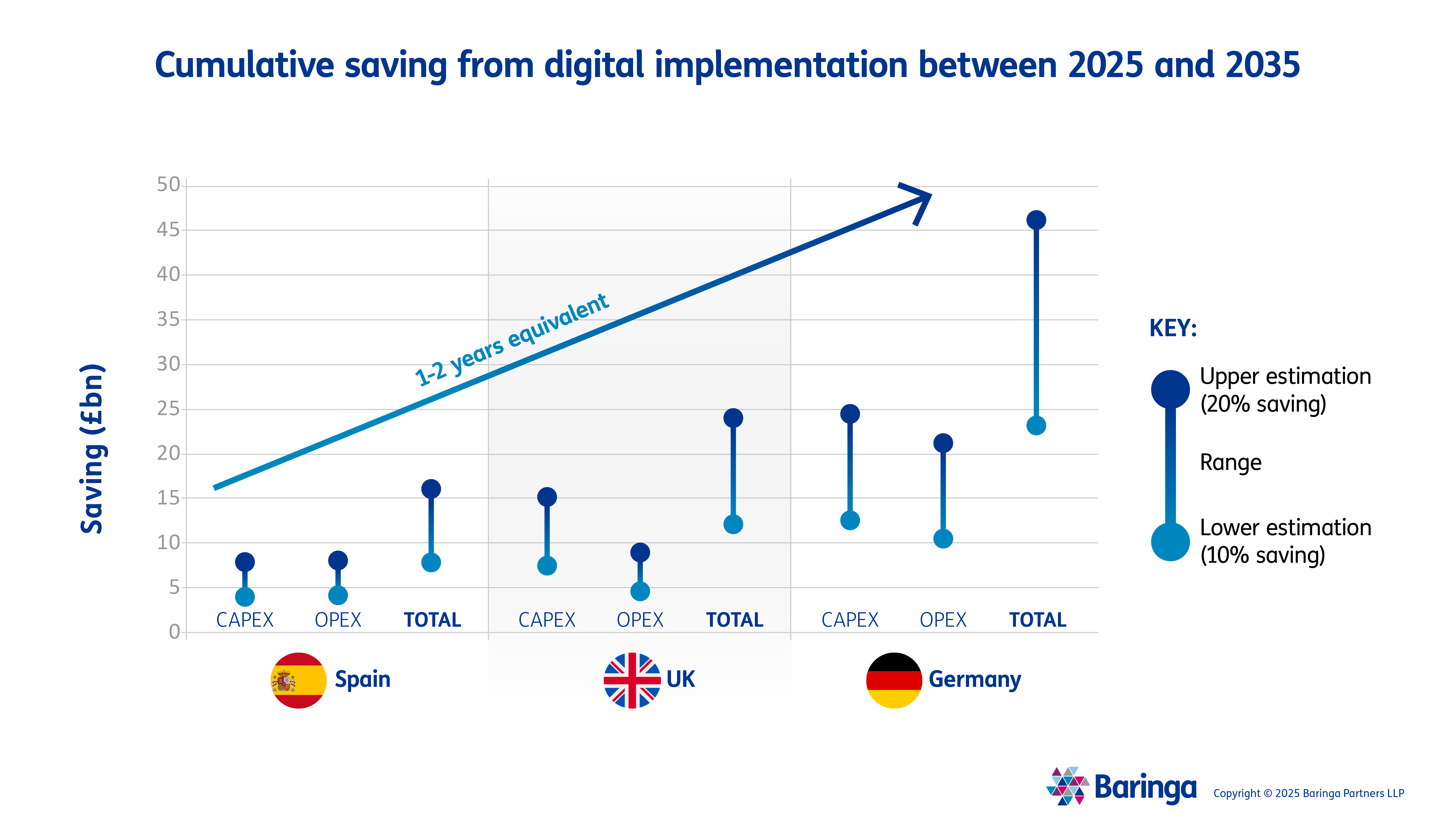
While these savings will be a welcome boost to companies’ bottom lines, they also have a critical role to play in funding the energy transition. We estimate that there will need to be a global investment of $11 trillion to meet net zero. With the savings realised from digitalisation, economies can free up investment for delivering urgently needed renewable and net-zero infrastructure and stay on track to hit net-zero milestones.
Three technologies to accelerate the energy transition
Over the coming decades, digital technologies are set to transform energy systems, making them more dynamic, reliable, and sustainable. Baringa has identified three examples of core technologies – AI, digital twins, and the Internet of Things (IoT) – which we believe will be critical drivers of this evolution.
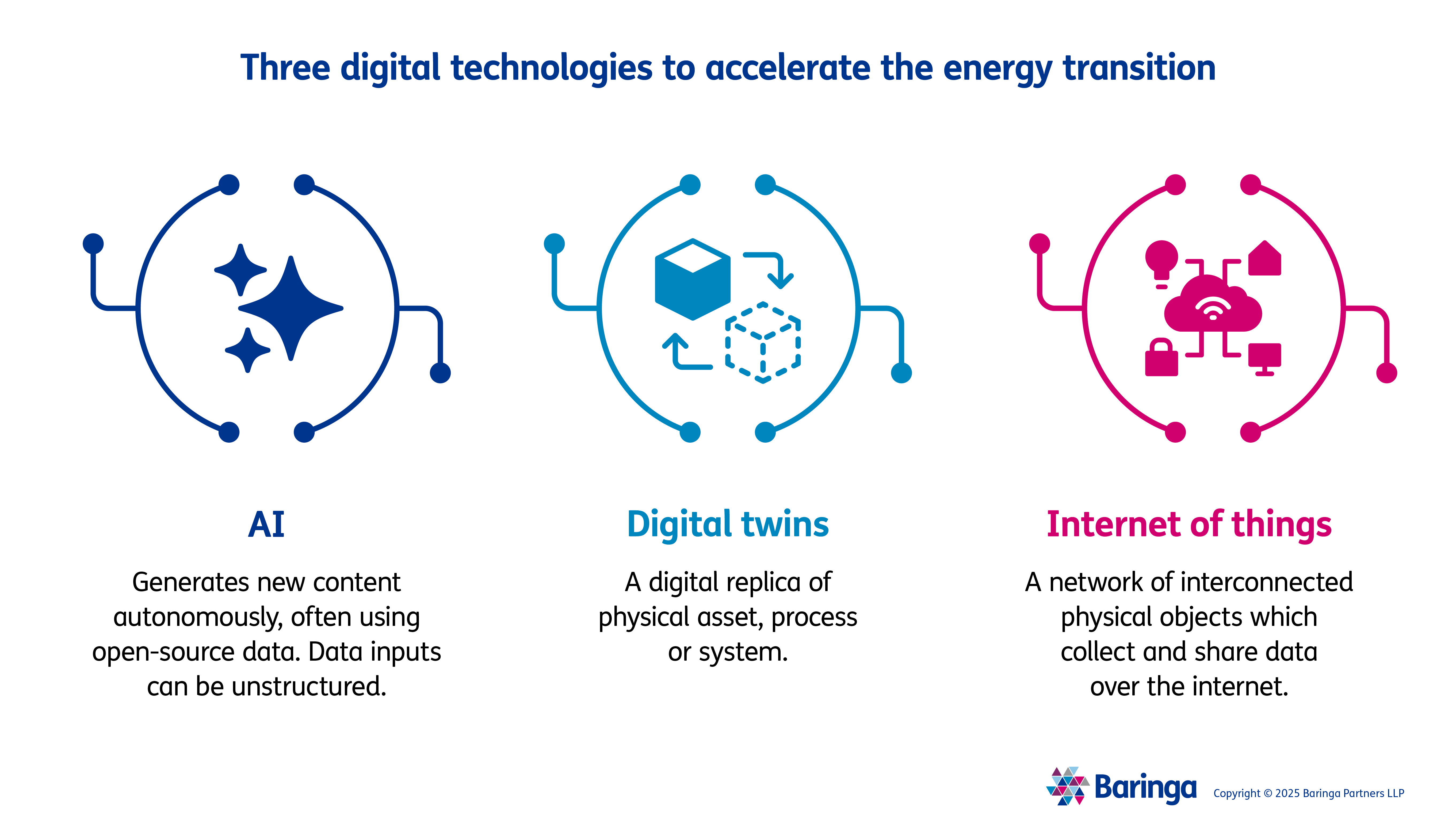
These technologies are already at the forefront of innovation within the energy sector and will have an outsized impact as the energy transition progresses. They will work together to drive innovation and improve sector performance in the long run.
To provide a snapshot of this potential, we’ve identified three broad areas where digital technologies could deliver material savings on ongoing energy spend – AI automation, Levelized Cost of Energy (LCOE) reduction, and asset optimisation. Across each area, the UK economy stands to achieve millions of pounds in annual cost savings, as shown in the image below.
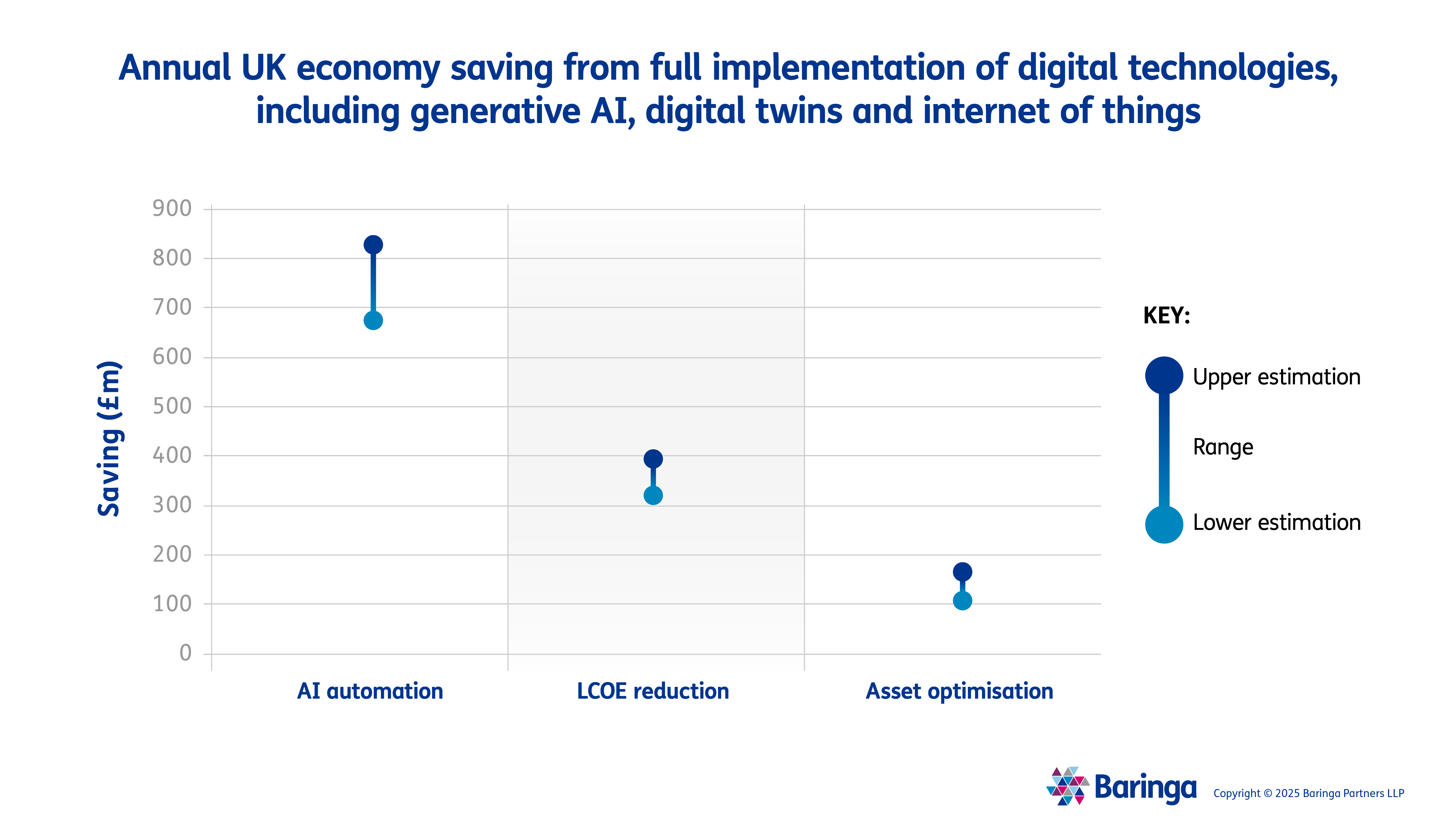
Drilling down a little further, we explore three of the promising applications and use cases for each technology in a broad AI enabled asset lifecycle.
1. AI for next-level productivity
According to the World Economic Forum, energy sector investment in AI will more than triple by 2030, from approximately £30 billion a year to over £105 billion. This technology holds immense opportunities for boosting productivity and reducing the cost and risk of delivering much-needed infrastructure.
We estimate that 20% of current roles could be automated with AI, equivalent to a potential £772 million annual saving within the energy sector in the UK. Plus, when paired with people, AI has the opportunity to do more than simply automate – it can supercharge human efficiency and productivity. This would have wider economic impacts and accelerate economic growth.
| AI's impact at a glace | |
|
Use cases:
|
Commercial value:
|
|
Increased electricity demand from AI should be offset by AI-enabled energy savings The IEA predicts that electricity demand from data centres will more than double by 2030 to around 945 terawatt-hours (TWh), largely driven by AI. However, this increase could potentially be offset by emissions reductions enabled by large-scale adoption of AI and digitalisation, which are estimated to deliver roughly 1920 TWh of energy savings by 2030.
|
2. Digital twins for optimisation and planning
Digital twins offer a platform for systems testing and predictive planning. This is particularly valuable for complex renewable systems like wind farms. They can increase the lifetime revenue of each offshore wind turbine by 7%, increase efficiency by 20%, and reduce LCOE by 35%.
More broadly, digital twins can also be used to support real-time analysis and optimisation of energy grids and assets. This can help to proactively address issues, minimise supply interruptions, and extend the overall lifetime of energy infrastructure.
| Digital twins’ impact at a glance | |
|
Use cases:
|
Commercial value:
|
3. IoT for real-time monitoring and predictive maintenance
IoT enables data connectivity across devices, providing real-time monitoring of energy supply and demand, predictive maintenance based on sensor data, and storage optimisation.
Altogether, these capabilities allow energy system participants to drive down operational and maintenance costs, improve plant and network efficiency, reduce unplanned outages and downtime, and extend the operational lifetime of assets.
Meanwhile, on the consumer side in cleantech homes, IoT-connected technologies like thermostats, lighting, and solar panels promote more efficient use of resources, reducing both energy consumption and utility bills.
| IoT’s impact at a glance | |
|
Use cases:
|
Commercial value:
|
There is no energy transition without digital
The evidence is clear – digitalisation delivers both environmental progress and economic value, making it the cornerstone of a successful energy transition strategy. Technologies like GenAI, digital twins and IoT will be vital enablers of accelerating progress to net zero and maximising the commercial value of this shift.
As the energy system evolves, organisations that fail to prioritise investment in digital technologies are putting themselves at risk of missing out on significant opportunities. By making digitalisation a priority today, companies will be setting themselves up to lead in energy’s digital future.
Get in touch with Caspian Conran or Maddy Binns to learn how we can help you harness digital technologies to capture greater value from the energy transition.
Our Experts


Related Insights
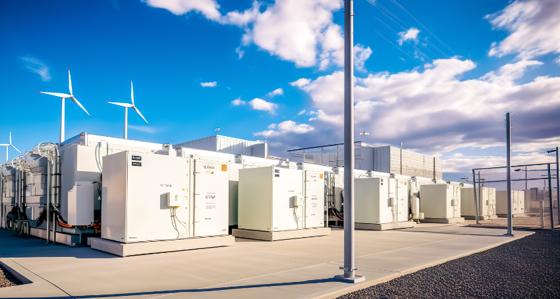
From Pilots to Portfolios: Scaling the Rollout of Utility Microgrids
Across the U.S., utilities are under pressure to deliver reliable, affordable energy in the face of rising risks and shifting policies. Download our research to see how scaling microgrids can help meet that challenge.
Read more
Unlocking the North Sea’s future potential with digital and AI
The North Sea is ready for its next chapter - powered by AI and digital innovation. Discover how this energy giant can be transformed into a low-carbon leader while boosting efficiency, investment, and resilience.
Read more
Safeguarding critical energy infrastructure against converging cyber and physical threats
UK energy utilities strengthen their resilience against emerging cyber-physical threats by developing a holistic security methodology that bridges digital and physical domains.
Read more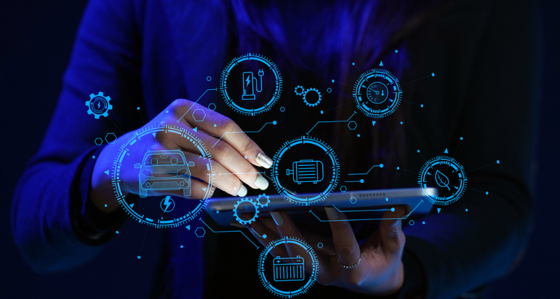
Vom Commodity-Anbieter zum intelligenten Dienstleister: Wie Energieversorger mit KI den Kundenservice transformieren
Die Rolle von Künstlicher Intelligenz im Wandel der Energiebranche
Read moreIs digital and AI delivering what your business needs?
Digital and AI can solve your toughest challenges and elevate your business performance. But success isn’t always straightforward. Where can you unlock opportunity? And what does it take to set the foundation for lasting success?
